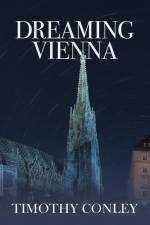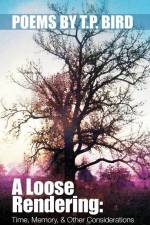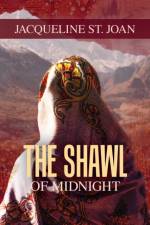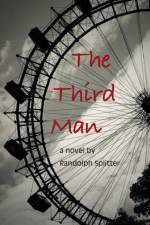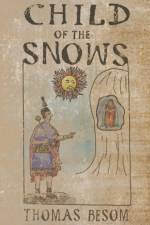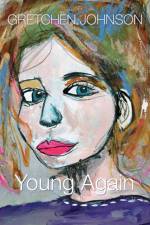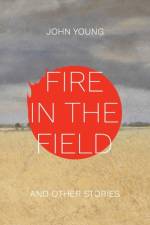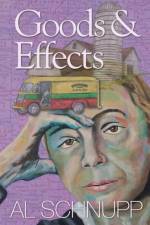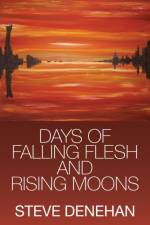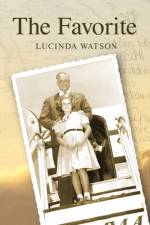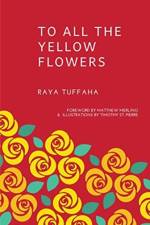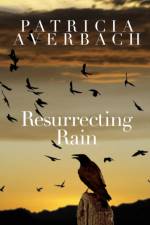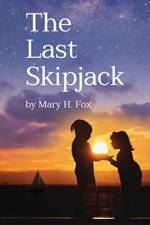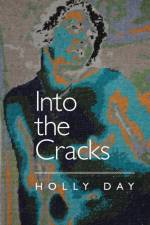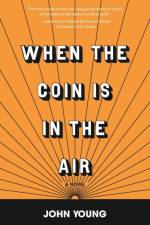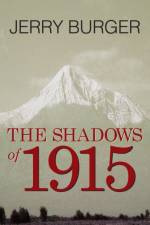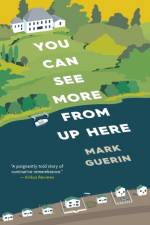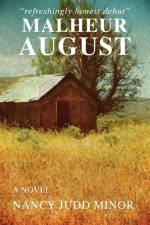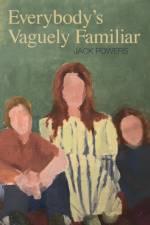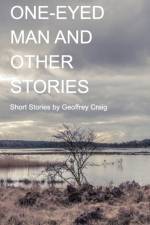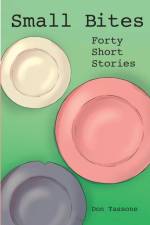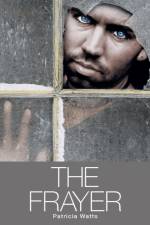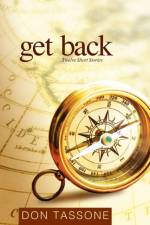- Close Encounters with Sun Ra
av Bob Mielke
257
Calling Planet Earth: Close Encounters with Sun Ra pulls us into the quirky world of the jazzmusician known first as Herman Blount, then as Sun Ra (1914-1993), the Arkestra leaderwho claimed for most of his life to have come from Saturn. The book opens with anintroduction to Ra’s “sub-underground” music, a sound which fascinated the author andturned him into a fan almost fifty years ago. Introductory sections set up key questions, like,“But is it Jazz?” and “Where is Sun Ra Coming From, Besides Saturn?” How did a black kidfrom Birmingham, Alabama, wind up proclaiming himself a Pharoah? After the introductioncomes Mielke’s play, Discipline 27-II: A Cosmo-Drama in Two Acts. That’s followed by athorough analysis of an enormous number of recordings, starting in the 1930s and continuingfor the rest of his life. Posthumous releases form a separate chapter. (Most of theintroductory material and analysis of recordings originally appeared in Mielke’s 2013Adventures in Avant Pop, though it has been updated.)In the play Discipline 27-II, which premiered in St. Louis, MO in 2015, Mielke makes SunRa’s claim to have come from outer space not an artist’s Afro-futurist proclamation but astatement of fact. The cast includes Saturn Aliens, a NASA official, and Gaia the EarthGoddess—all watching an elaborate Sun Ra concert. Ra’s actual life story is dramatized inshort scenes against this concert background. We see him growing up as Herman Blount inBirmingham, Alabama, and bantering with the racist judge who sent him to prison for refusingto serve in the Army in 1942. We see him recruiting, teaching, and sheltering the musicianswho became—and still are--the Arkestra. We watch Space Aliens as they comment onracism, estrangement, and music as healing. Scenes in a bar, in a strip club, a recordingstudio, are watched by observant aliens and NASA interrogators as well as by the play’saudience—and the cumulative effect is respectful of the man who says he’s “Mister Ra, …Mister E, but most of all, Mister Mystery.” Sun Ra claimed that his true nature was cosmic,that he had come to enlighten Earth and to teach peace. He and the Arkestra became knownfor futuristic costumes, musical experimentation, and performance art. The play’s notesincludes extensive comments on costume options, sets, and performance alternatives—evena recipe for “Moon Stew,” to be served or sold at the concession stand twenty minutes beforethe play starts. Audience involvement in Discipline 27-II begins immediately, in the theaterlobby where Arkestra members sit at random tables doing improvised riffs of increasingintensity. It continues as we listen in on conversations about philosophy and ethics andmusic, and watch exotic dancers and amazing singers and space aliens interact.

